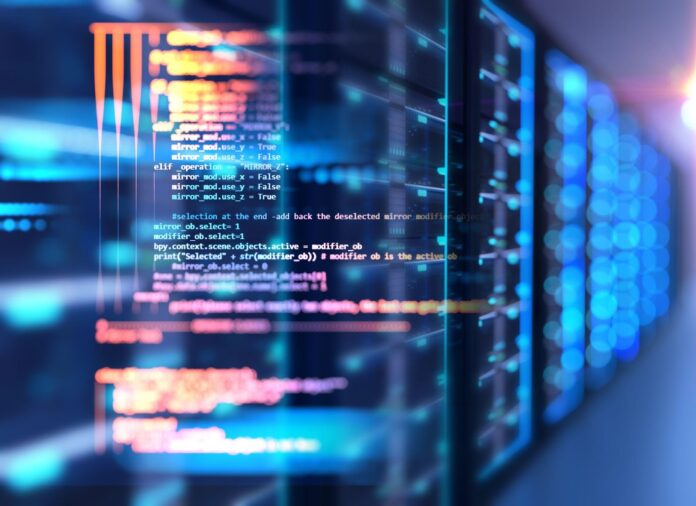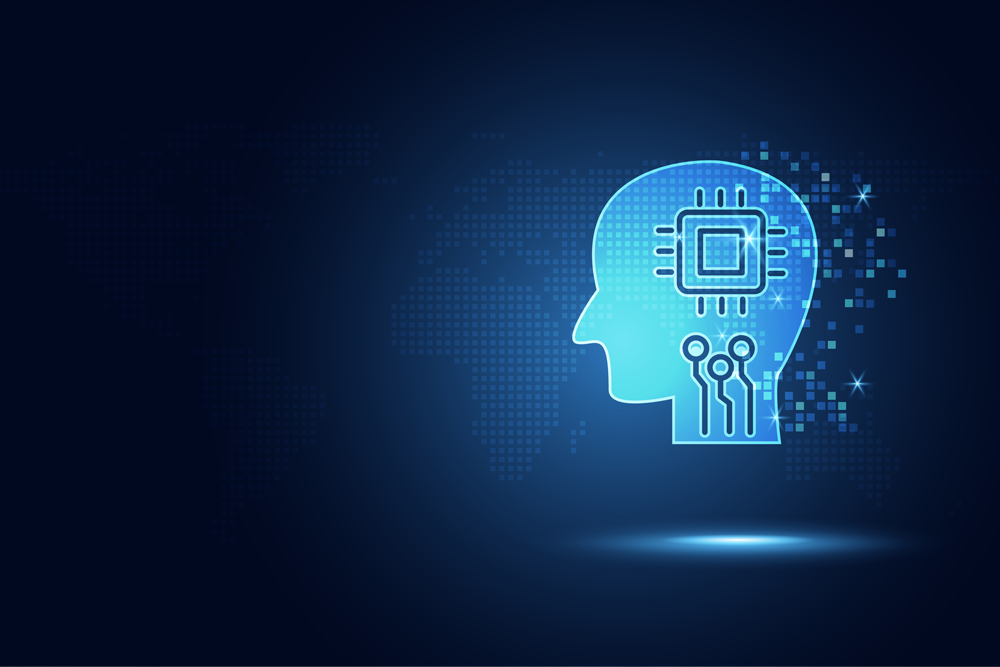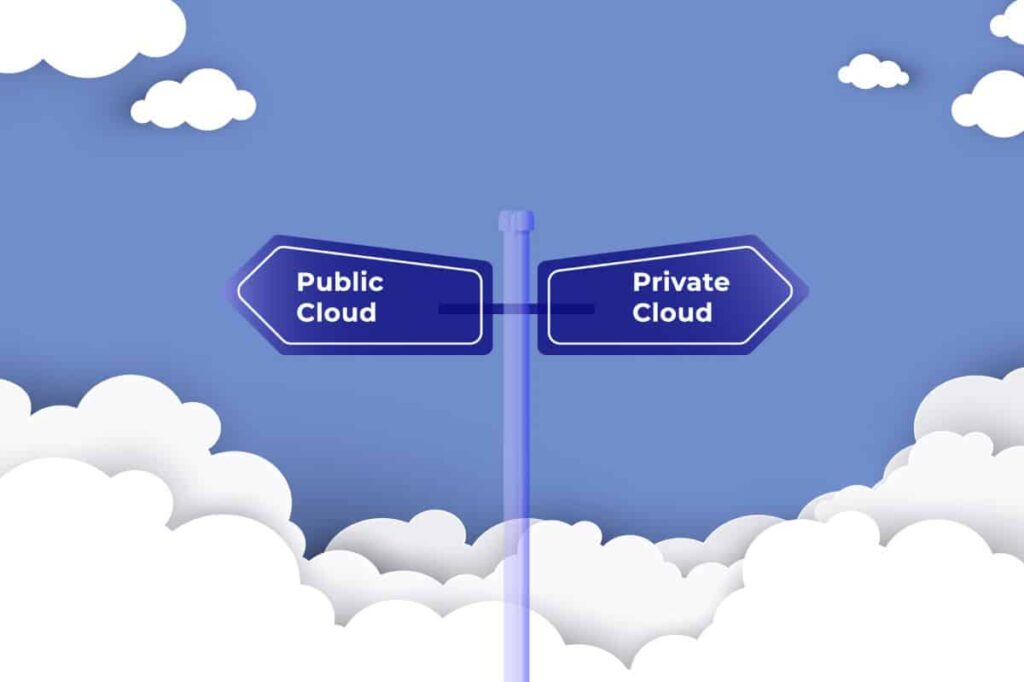
Anyone who knows anything about big data will have realized that it isn’t just another tech fad; it’s here to stay. But if you’re new to the concept and are not familiar with big data analytics, you may be a little confused as to what the term ‘big data’ means and how you will be affected.
To put it simply, big data is all about how fast we can process information. Big data is essentially more extensive, more complex data sets from new data sources. These sets are too big to be processed by traditional processing software.
Before we dive any deeper, here are a few real-world big data examples.
- Discovering consumer shopping habits
- Personalized marketing
- Fuel optimization tools for the transportation industry
- Monitoring health conditions through data from wearable technology
- Live road mapping for autonomous vehicles
- Streamlined media streaming
- Predictive inventory ordering
- Enhanced cybersecurity protocols and real-time data monitoring
- Personalized health plans for critical condition patients
Here are a few predictions for what you can expect in the future for big data and beyond.
Improved Data Governance

Big data has two sides to it. On the one hand, you can speed up data processing and make people’s experiences more joyful and stress-free. However, you incur the danger of corporations exploiting the information.
As a result of possible exploitation, there will be a renewed emphasis on data governance. Data governance tools will make sure businesses can operate with confidentiality at the centre of operations. Companies will monitor their usage of big data, ensuring it is used correctly and that the integrity of the data is improved.
Augmented Analytics

In general analytics and on BI platforms (Business intelligence), augmented analytics enables technologies such as artificial intelligence (AI) machine learning to assist with data preparation, insight generation, and insight explanation. It also helps professional and amateur data scientists by automating many aspects of data science, machine learning, and AI model development, administration, and deployment.
Many tech experts have predicted that organizations will use artificial intelligence, machine learning, and natural language processing tools in conjunction with big data processors. These pairings will enable businesses to make decisions faster and recognize trends more efficiently resulting in valuable gains.
Help Supplement Researchers’ Work
Our world hasn’t been taken over by robots just yet, but humans have started to introduce big data platforms as a way to back up research, leading some to believe that they’re replacing the need for humans.
Big data will assist businesses with market research. These platforms hold the ability to identify correlations which, in turn, helps scientists provide patterns, networks, and dependencies. Big data needs the help of humans to contextualize and interpret the findings; therefore, humans will not be replaced by the various big data platforms.
Cloud Data to Alter Web Experiences

Cloud computing will almost always come up when talking about big data trends. Something we’ll almost definitely see is the usage of big data to enhance customer experiences. You can read up on how big data is already being used to personalize customer experiences at online casinos by clicking here.
As brands start to rely entirely on digital services for all of their marketing and interactions, it’s almost a given that companies will begin to try to find ways of improving, updating, and delivering new products or services.
By using big data platforms, developers will lead companies to use a cloud-native mindset that will use modern microservices architectures as they are developed and released.
Public and Private Cloud Usage

Most companies are already working in the cloud and sharing documents, information, and data. Very few have started to use both the private and public cloud to do their work, possibly because private clouds are not common knowledge.
Private and public clouds coexist and ensure that organizations have better data management and visibility while keeping their data accessible yet secure.
Fast Data
Another prediction for the future of big data is the growth of what is known as “fast data” and “actionable data.”
Fast data, unlike big data, which often uses specific databases to analyze data in batch mode, enables processing in real-time streams. Data may be evaluated quickly, in as little as one millisecond, thanks to stream processing. Fast data adds value to enterprises by making business decisions and taking action as soon as data comes.
New problems arise when users become addicted to real-time interactions as a result of fast data – we will have to cross that bridge when we come to it.
The Ability to Access Big Data via Cloud Technology

Cloud technology enables users to access their information from anywhere in the world and at any time. As more people become familiar with this tech, we’ll soon see a time when most people in the workforce will know how to work self-service big data apps.
Fast forward 20 years or so, and you should see big data analytics becoming a common occurrence, meaning that those working in the big data domain will no longer be viewed as specialists.
Every employee, be they manager or non-managerial, will be familiar with working with big data, similar to how most employees are familiar with PowerPoint or spreadsheets in current times.
You won’t have to become a cloud specialist when looking for a job, as big data tools will most definitely become more accessible. You can expect simplified spreadsheets where you’ll have access to the cloud and various other analytics.
Big data is here, and it’s set to make your life a lot simpler and businesses a lot more successful. Soon you’ll be able to access statistics from anywhere in the world about anything you’d like. Embrace the technology and open up your mind to a world where we use it to discover more about how humans go about their day-to-day life.








